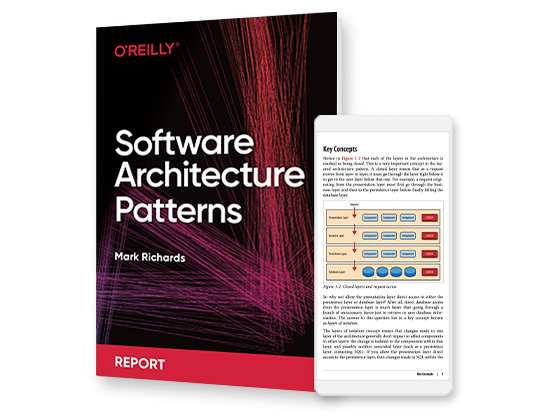Video description
This video course will teach you how to extract data on your own and will give you the confidence to use SQL with Microsoft SQL Server to pull data for conducting marketing analysis without relying on anyone.
The course begins with a brief introduction to SQL Server and its architecture and shows you how to install Microsoft SQL Server on your machine. Next, you’ll walk through the process of finding data in the database, learn how to use SQL queries, join multiple tables, and aggregate the data. As you advance, you’ll grasp the techniques used to manipulate data such as combining multiple columns and string values, extracting characters from strings, and finding the length of a string. Toward the end, you’ll wrap up key SQL statements for inserting data in a table, updating records, and deleting records from a table, and get an overview of joins.
By the end of this course, you’ll be well-versed with the basics of SQL and be ready to use Microsoft SQL Server to add, extract, and manipulate data for making profitable marketing decisions.
What You Will Learn
- Get to grips with the database structure
- Develop the skills to restore a backup database
- Discover tips and tricks for joining multiple tables
- Find out how to insert records into the database
- Manipulate selected data with SQL functions
- Import and export data from SQL Server
Audience
If you are a beginner in marketing or an experienced marketer or digital analyst looking to learn SQL to extract data for marketing purposes, this video course is for you. This course will help you to upgrade your resume, setting you apart from other candidates. Basic computer, marketing, and digital analytic skills are needed to get started with this course.
About The Author
Anil Batra: Anil Batra, founder of Global Analytics Academy and Optizent - a digital marketing and analytics consulting company, is a seasoned digital marketing and analytics professional with 15 years of experience. He has worked with companies ranging from Fortune 50 to various start-ups and has helped them improve marketing results. His customers include Microsoft, SmartMoney, ESPN, T-Mobile, Hoovers, RealNetworks, Starbucks, and TheStreet. He has taught and trained several marketing and analytics professionals in the past 9 years of teaching at UBC, University of Washington, and Bellevue College. Anil also teaches digital marketing, digital analytics, Google Analytics, Tableau, and social media courses.
Table of contents
- Chapter 1 : Introduction
-
Chapter 2 : Finding Data in the Database
- SQL Query to Select Data from a Table
- Selecting Top N records
- Narrowing Down the Result Set with the WHERE Clause
- Pattern Matching Using LIKE in the WHERE Clause
- Specifying Multiple Values from a Column Using IN in the WHERE Clause
- Sorting the Result Set
- Selecting a Unique Result Set
- Joining Multiple Tables to Get the Desired Result Set
- Using Aliases in SQL
- Aggregating the Data in SQL - COUNT, MIN, and MAX
- Aggregating the Data in SQL - SUM and AVG
- Identifying Null Values Using an Aggregate function
- Using Aggregate Functions in the WHERE Clause
- Chapter 3 : Manipulating Data Using the SELECT Statement
- Chapter 4 : Other Key SQL Statements
- Chapter 5 : Conclusion
Product information
- Title: SQL for Beginners with Microsoft SQL Server Database
- Author(s):
- Release date: October 2020
- Publisher(s): Packt Publishing
- ISBN: 9781800569096
You might also like
video
The Complete Microsoft SQL Server Course: From A to Z
Databases are crucial in the typical software development process, and developers use SQL (Structural Query Language) …
video
SQL Fundamentals
People today spend more and more time online, working, shopping, socializing, streaming entertainment, and doing many …
book
Microsoft SQL Server 2019: A Beginner's Guide, Seventh Edition, 7th Edition
Publisher's Note: Products purchased from Third Party sellers are not guaranteed by the publisher for quality, …
book
Getting Started with SQL
Businesses are gathering data today at exponential rates and yet few people know how to access …

